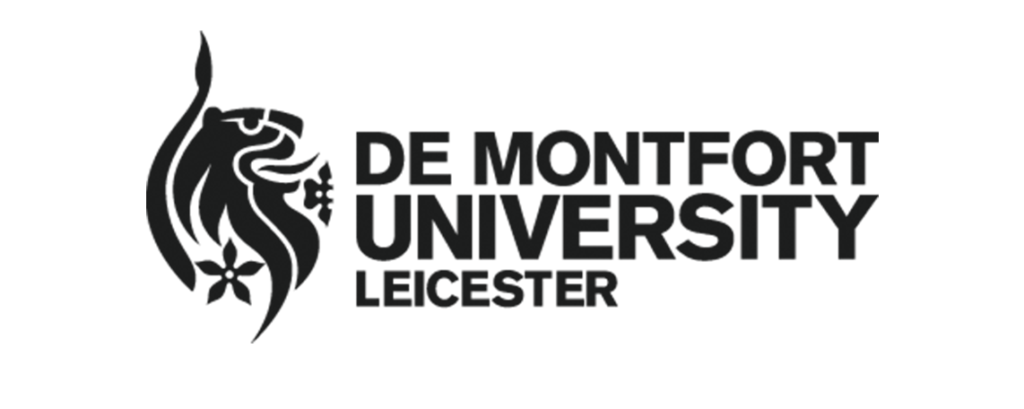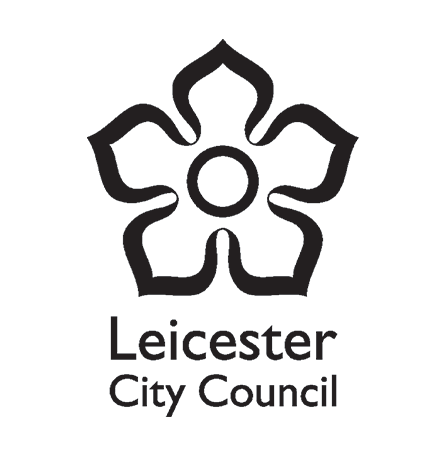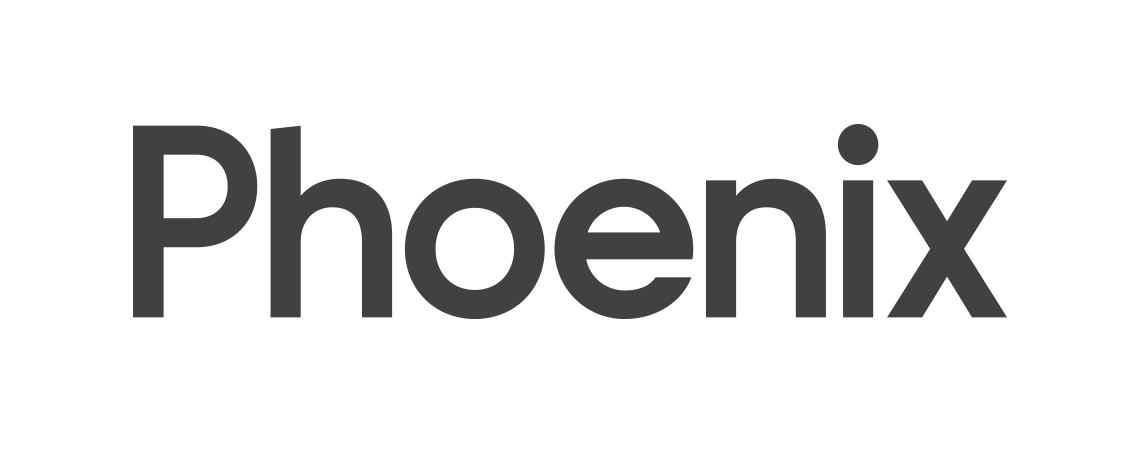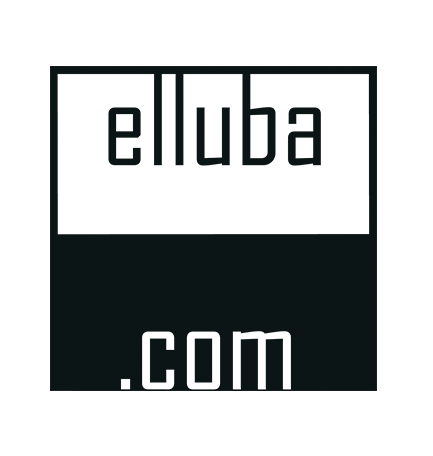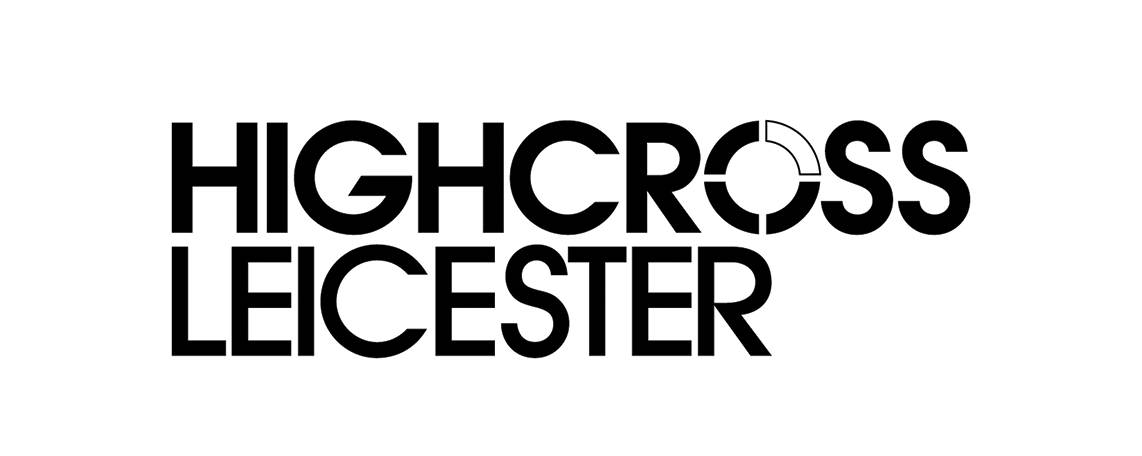What is photogrammetry?
Photogrammetry is a way to capture three-dimensional (3D) data about physical objects and the environment they are in. The process involves capturing data that records, measures and interprets photographic images and accurate scans that may be used to measure the relationships between objects in a physical space.
The photogrammetry process involves taking photographs from at least two different locations (‘lines of sight’) which enables you to produce three-dimensional coordinates of an object. There are generally two ways to do photogrammetry – using aerial eg., drone mounted cameras or cameras held in the air, and using terrestrial eg., handheld cameras or tripod mounted.
Photogrammetry as a technique has grown rapidly in recent years through advancements in computer processing capabilities using laser scanning, mobile mapping, geo-located sensors and simulations. Alongside this, scanning technology is now being integrated into our modern mobile phones, which enables you to capture 3D images of building and people eg., for creating avatars for applications such as computer games. Objects such as buildings may for example then be used in new creative ways such as your own computer games, films, or increasingly, in 3D web pages. Many maps we use today have also been created with photogrammetry using aerial photographs (taken from aeroplanes).
Its popularity as a technique for capturing accurate 3D images means it is being used in a wide range of different fields of application, such as topographic mapping, architecture, engineering, manufacturing, geology, archaeology and culture.
Our reason for selecting this method for collecting data about Church Gate in Leicester is that, through all the entries submitted, we are aiming to build a dataset that accurately captures the state of the heritage area as it exists today, in summer 2022. In such a way, we aim to make the dataset available to anyone who might want to use it in future for envisioning the street, recreating the street in virtual platforms and games or creating 3D objects say using 3D printers.
By way of an example of the kinds of things that can be done with photogrammetry data, take a look at Unreal Engine’s recently launched Matrix Awakens Experience ‘city sample’ where buildings have been created in a game world in astonishing levels of detail using the game technology (not that we’re aiming to turn Leicester into The Matrix of course!) –
You can read more about the technical developments of photogrammetry in THIS ARTICLE.
For the Church Gate project, we do not expect you to submit the whole street, but our aim is that a little bit of data from lots of people means we can build the street as a citizen science project. Your entry may therefore comprise any part of the street such as a building frontage or a feature of a building frontage (please do not submit interiors or people). The choice is yours!
The competition has been supported by Heritage Action Zone (Leicester City Council), Beta-X and Institute of Creative Technologies, De Montfort University
Winners and Showreel
The judges were impressed with the quality of the entries, noting that for some this was their first experience with creating 3D models using the technologies. Two very different entries were awarded as winners and two runners-up prizes were also awarded.
Winning entries were by Robert Wells and Martin Cibik and runners up were Les Hayden and Dan Cole.
Robert Wells’ entry was of the Church Gate alleyway including its murals. Judges commented that the level of detail was impressive and liked how no ‘edges’ were shown. The car and light sources on it plus the pallet, oil drum and puddles and cones were also well done.
Martin Cibik’s entry was of 100 meters of both sides of Church Gate centering on the Beta-X Gallery. Judges commented on the creativity demonstrated in the video using the 3D dataset. They liked the way the street had been captured including the depth on the Beta-X building and surrounding buildings. One judge commented that it seemed like aliens had landed and seeded Church Gate with colourless plant life!
Les Hayden’s entry was also of the Beta-X Gallery frontage. Judges commented that the detail was well captured and liked the way the video was presented with the light moving across, like a day timelapse.
Dan Cole’s entry was of the former Brucianna Cafe and Cakeshop at 10 Church Gate. Judges were also impressed with the way the frontage of the building had been captured and liked how the pavement and post details were highlighted.
You can see the showreel of the award winners at Beta-X throughout September and October 2022 and is currently on display at the Innovation Centre, Mill Road, Leicester (De Montfort University campus). It is also available online here –
Importantly, the photogrammetry assets and materials that have been submitted are now available online and are FREE for others to use in their own creative processes. You can access and download the resources here. Note, in your re-use of the assets, please ensure you attribute the original creator, as per the guidelines. With each folder, you will also find the details of the equipment and software used to generate the assets.
Getting started
There are many different tools and resources you can use to create photogrammetry, whether you are experienced in the techniques or new to them. Please have a look through some suggested readings and resources to get you started. There are hundreds of online tutorials you can find on YouTube or other streaming sites – and many self help groups that you might join should you have technical questions
Getting started –
- https://www.goonhammer.com/getting-started-with-photogrammetry/
- https://www.schoolofmotion.com/blog/getting-started-with-photogrammetry-using-your-cell-phone
- https://modtechlabs.com/beginners-guide-photogrammetry/
- https://support.capturingreality.com/hc/en-us/articles/115001528211-Taking-pictures-for-photogrammetry
- https://medium.com/realities-io/getting-started-with-photogrammetry-d0a6ee40cb72
- https://www.sculpteo.com/en/3d-learning-hub/3d-printing-software/photogrammetry-software/
Tutorials –
- https://meta-guide.com/videography/100-best-photogrammetry-tutorial-videos
- https://all3dp.com/1/best-photogrammetry-software/
- https://www.youtube.com/watch?v=gdd31rgS1q8
Software and equipment –
- https://www.3dsourced.com/3d-software/best-photogrammetry-software/
- https://www.sculpteo.com/en/3d-learning-hub/3d-printing-software/photogrammetry-software/
- https://www.3dbeginners.com/list-of-free-photogrammetry-software/
Interest groups you might find relevant (registration will be required before joining groups on social media platforms) –
- https://www.facebook.com/groups/3dphotogrammetry
- https://www.facebook.com/groups/2035727710045421
- https://www.reddit.com/r/photogrammetry/
- https://github.com/awesome-photogrammetry/awesome-photogrammetry
or any other resources you can find free on the web!
CLOSED: Entry and Terms & Conditions
Using photographic equipment of your choice, capture any part of Church Gate, Leicester (from the Clock Tower to Matalan and anywhere in between)
Create your photogrammetry model and render a film of it (suggested 5 seconds max) – you can be as creative as you want to be with the final rendered image!
Select 2 appropriate still images (photographs) of the original object you have created to include with your submission
Submit your model, photographs and entry form, following the instructions on the entry form (available to download on the top of this webpage)
Make sure you read the terms and conditions below before you complete the entry form and submit your entry
Good luck!
Terms & Conditions
- There is no entry fee
- Entries must be received before midnight 30 August 2022
- Prizes will be paid in Leicester Gift Card vouchers (see https://townandcitygiftcards.com/product/leicester-gift-card/) – there are no cash alternatives for prizes but winners may select whether they prefer the digital or physical card option
- All entries must be accompanied by a fully and correctly completed ENTRY FORM (see top of this web page for download link)
- All entries must include a FBX or Obj model file with high resolution textures (up to 1G), a render film file of no more 5 seconds (mp4), and 2 still images (photographs) of the original (jpeg)
- Entries should be sent by WeTransfer (or another appropriate free file transfer service to tharwood@dmu.ac.uk) – download of files receipt will be confirmation that entry has been received (subject to item 4 above)
- Entries will be accepted by individuals only (no companies)
- Entrants must be 16 years and over
- All entries will be considered by a judges panel (see Judges section)
- Entries will be judged on detail of image, quality of the digital reproduction and textures used, and quality of render from the original images
- Judges decision is final
- Competition winners will be contacted by email (using the email provided on the entry form)
- Winners will be announced online on the Art AI Festival website, BetaX website, LCB website and the competition Facebook group
- Competition winners’ entries will be showcased at BetaX during September (anticipated to be between 5 and 20 September 2022) and as part of the LCB Depot Design Season (dates tbc October 2022)
- Entry usage: Title to all submitted content remains with the entrant. On entry, the content is assigned to De Montfort University who will have exclusive use of all content transferred to it. Usage is unlimited and includes web, broadcast, right to modify or re-sell the content. The entrant retains all rights to any and all elements of content that is part of their production process, including, but not limited to: tools, methodologies, know-how, data or objects, and documentation associated with the content. However, on entry, the entrant grants a perpetual, irrevocable, exclusive, transferable, worldwide license, with the right to grant sub-licenses, to use in connection with the content or products created using the content
- Hardware/software: Responsibility for licenses pertaining to all hardware and software used to create content submitted remains at all times the responsibility of the entrant. The entrant confirms on entry that they have the right to submit the content to the competition from hardware/software providers used in the content development processes
- Copyright/liability: the entrant guarantees, to the best of their integrity, knowledge and belief, that the content submitted will not violate the copyright of any other party
- Open access: content submitted to this competition by entrants (excluding personal details on the entry form) will be made available on an open access CCbyLicense whereby Art AI Festival (Leicester Media School, De Montfort University) is credited on its future usage. Content will be stored for a minimum of 5 years before being archived. The full dataset pertaining to all entries will be accessible via the university’s open access platform www.figshare.dmu.ac.uk – details of the exact project details will be made available on the Art AI Festival website www.art-ai.io/updates. In this way, content may be downloaded and freely accessible to any users.
CLOSED: Judging criteria, prizes and judges
Judges will consider detail of image, quality of the digital reproduction and textures used, and quality of render from the original image/s in making their decision on winners.
Prizes for best entries are –
- £500 First prize
- £250 Finalist (up to 3)
- £100 Runner up prizes (up to 5)
All submissions will be retained by De Montfort University as an open access dataset on Figshare as a digital record of the Church Gate area, part of Leicester’s Heritage Action Zone
Deadline for submissions: midnight 30 August 2022
Judges are –
Professor Tracy Harwood, Institute of Creative Technologies, De Montfort University
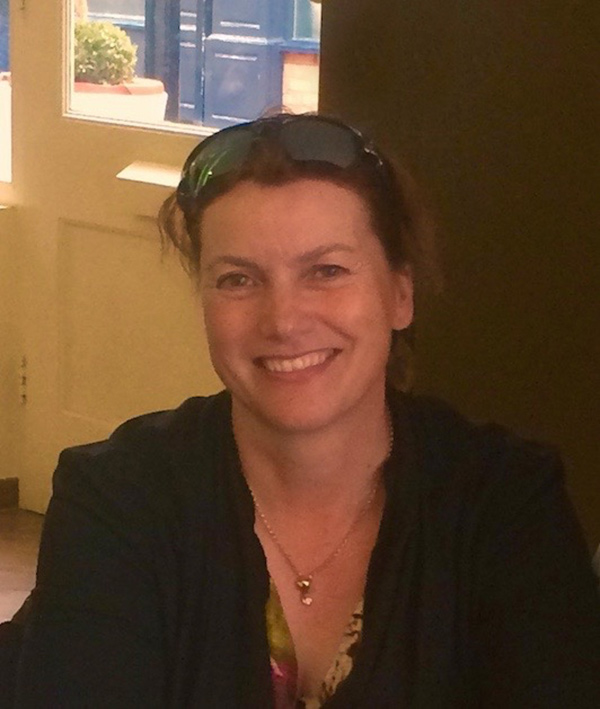
Dr Safa Tharib, Game Artist, De Montfort University
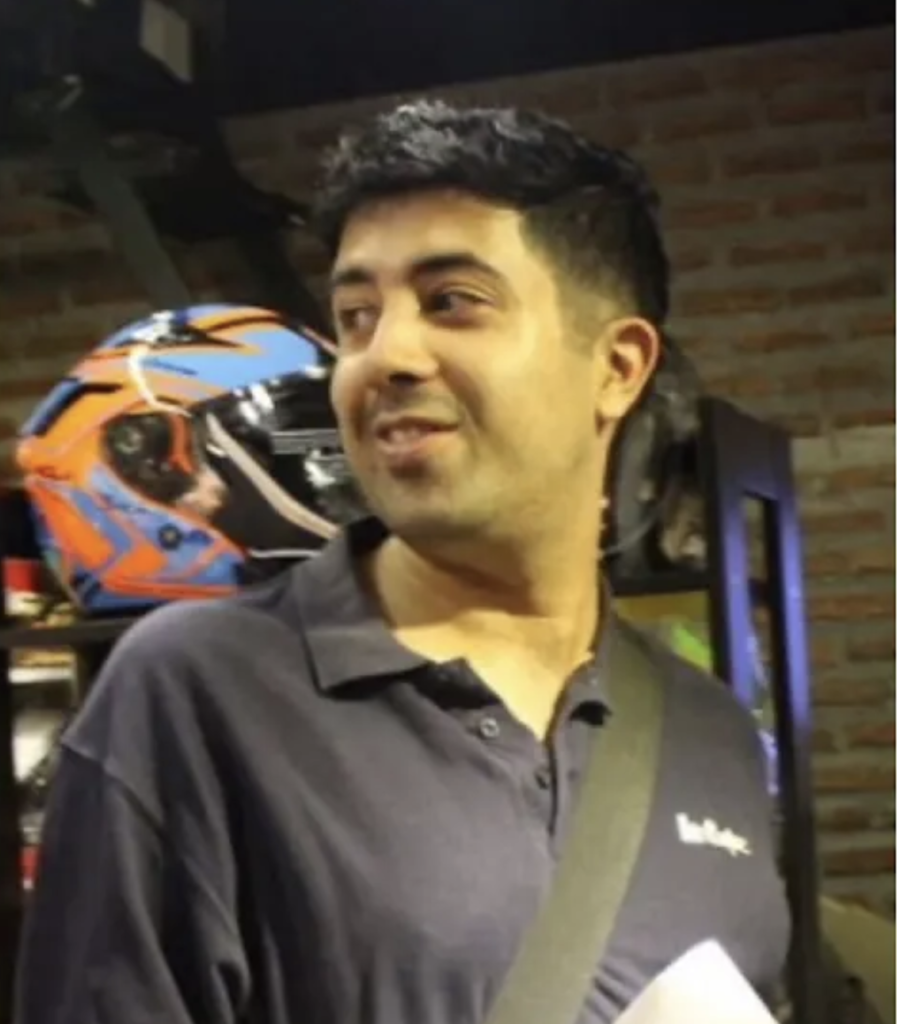
Mr Bill Haley, co-founder, Haley Sharpe Design
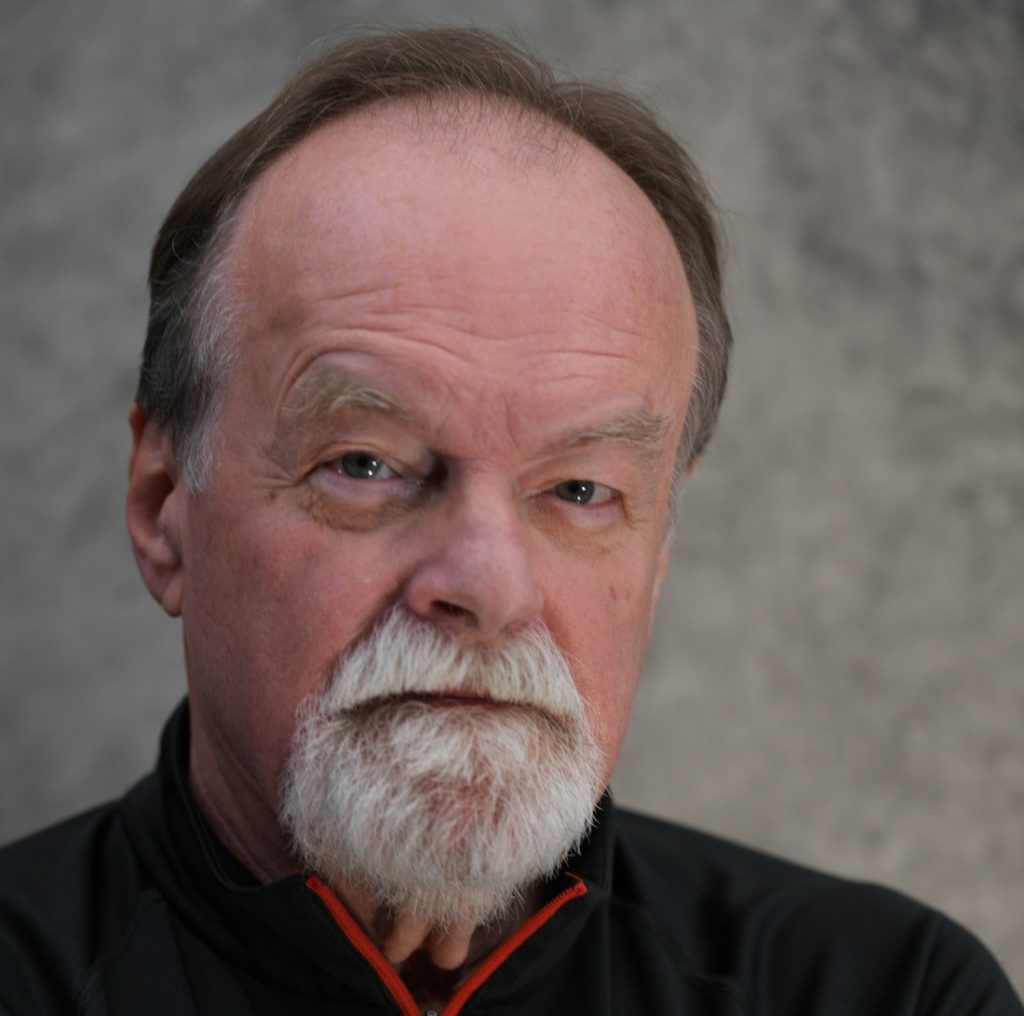
Kerem Cetindamar, Digital Project Manager, Leicester City Council


